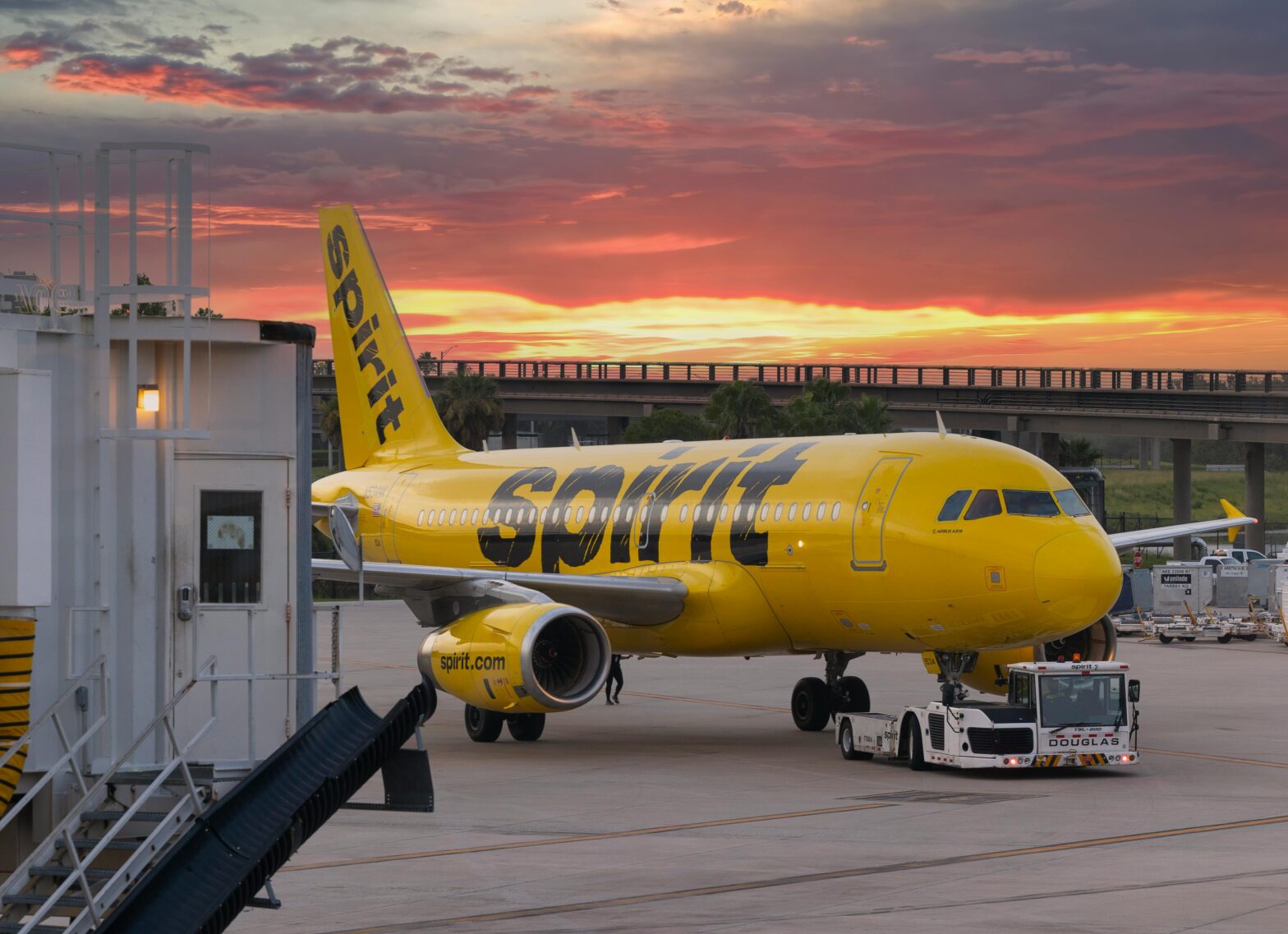Nobody likes turbulence while on a plane, but it usually doesn’t last long. When the rocking and rolling cause your heart to drop to your stomach, though, it can be very unsettling. We ride roller coasters for that sensation, not airplanes.
According to Newsweek, “passengers were in for a wild ride Wednesday morning when severe turbulence over southwestern Ohio nearly flipped a plane over mid-flight.”
Yes, you read correctly. Flipped over.
What Happened?
On October 26, the small plane experienced “severe” turbulence near the Indiana border in the morning.
The Aero Commander encountered rough air at around 3,000 feet.
The National Weather Service (NWS) expressed shock on Twitter. “We don’t see pilot reports like this every day: ‘PILOT SAID ALMOST FLIPPED OVER!'”
Alongside the tweet, was a map showing several others planes in the area at the same time.
What Causes Turbulence?
Newsweek reported that “severe” is the third of four turbulence levels, which is what the plane experienced.
It can bring about momentary loss of control for the pilot.
The National Weather Service (NWS) explained, “turbulence is one of the most unpredictable weather phenomena. The rough, bumpy ride passengers experience is the result of irregular air motion caused by eddies and vertical currents.”
What Was It Like For Those On Board?
Newsweek said the experience was likely “dramatic.”
“Small aircraft are more susceptible to changes in windspeed versus industry-type aircraft,” said Jonathan Leffler, AWC Chief of Domestic Operations Branch. “They will feel turbulence more when flying than in larger aircraft like a Boeing 737 or even a regional jet.”
Usually, turbulence doesn’t cause crashes but it caused structural failures in the earlier days of aviation.
How Did Twitter Respond To The NWS Tweet?
Many on Twitter were shocked to read the tweet, and one person asked for a more detailed explanation.
“Hi there!” wrote NWS. “When pilots encounter bad flying conditions, they often send out reports to let other pilots know what to expect. This pilot reported severe turbulence and added a remark to describe how bad it was. It caught our attention because it was very unusual.”





